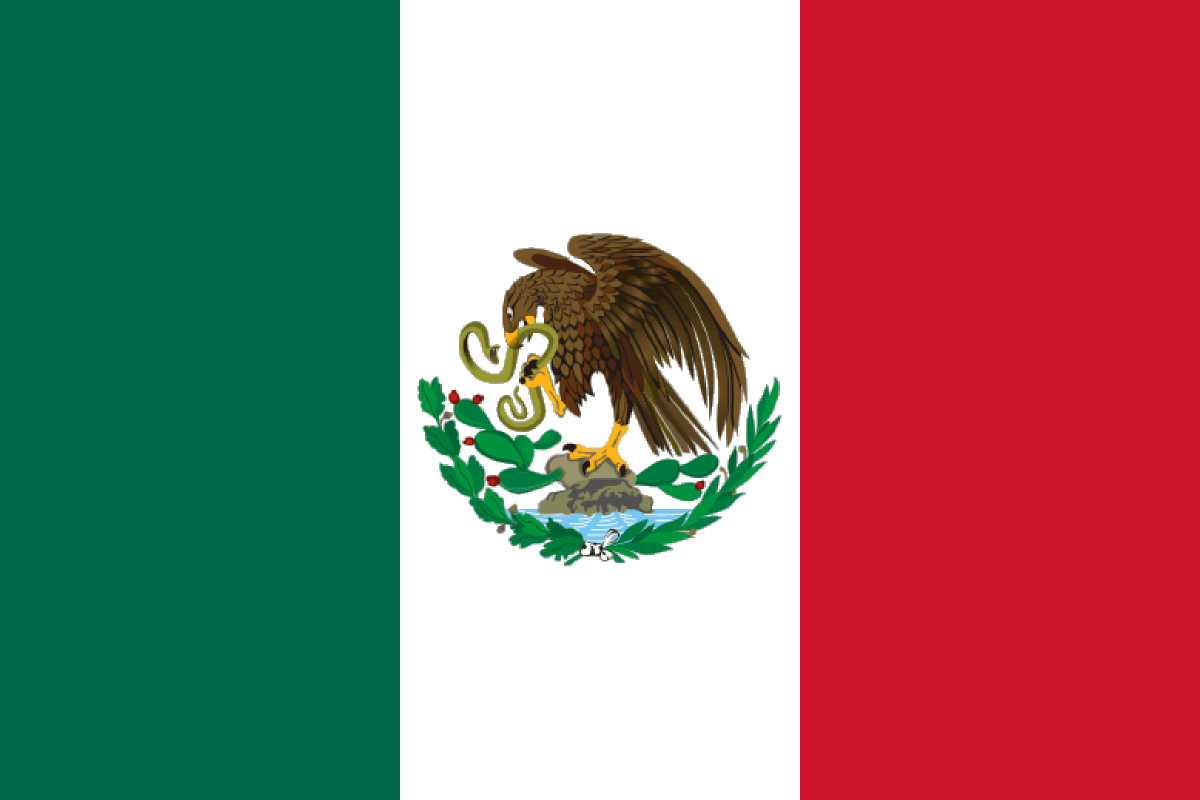
Public procurement for the Federal government in Mexico is divided into two sections, according to the object of the procurement: a) goods, leases, and services and b) public works and related services. Each section is specifically regulated by very similar Laws, both published in 2000: The Public Procurement, Leases, and Services Law and the Public Works and Related Services Law. These laws apply to most of the federal ministries, agencies, and publicly funded operations. Other relevant laws applicable to the public procurement in the federal sphere include those on budgeting and accountability (mainly, the Federal Budget and Fiscal Responsibility Law) and the general law on transparency (General Transparency and Access to Public Information Law).
Additionally, public procurement regimes coexist for: the 32 subnational parties (31 states and Mexico City, the capital) and State-owned enterprises (namely, the energetics industries: oil and electricity).
In the federal sector, procurement in Mexico is decentralized and operated by each ministry or public agency with the authority to execute its budget. Monitoring and coordination are in charge of the Ministry of Finance (Secretaría de Hacienda y Crédito Público, SHCP) and inspection, audit and law enforcement in procurement is a responsibility of the Ministry of Public Administration (Secretaría de la Función Pública, SFP). As part of public expenses, procurement is also overseen by Congress via the Federal Superior Audit (Auditoría Superior de la Federación, ASF.)
The main portal for retrieving information on current public procurement procedures in the Federal government is the Compranet system, which collects information concerning each stage of the procedures. The SHCP operates Compranet. As well, the main features of concluded procedures are part of the mandatory transparency information made available to the public in the National Platform of Transparency (NPT). This last system includes, as well, procurement information for the subnational level and data concerning the State-owned enterprises. The SFP oversees the NPT as part of the National Transparency System and the National Anticorruption System.
Public Procurement Legislation available at the following link.
Public Procurement website– link.
PPL evaluation (in Spanish) - Download.